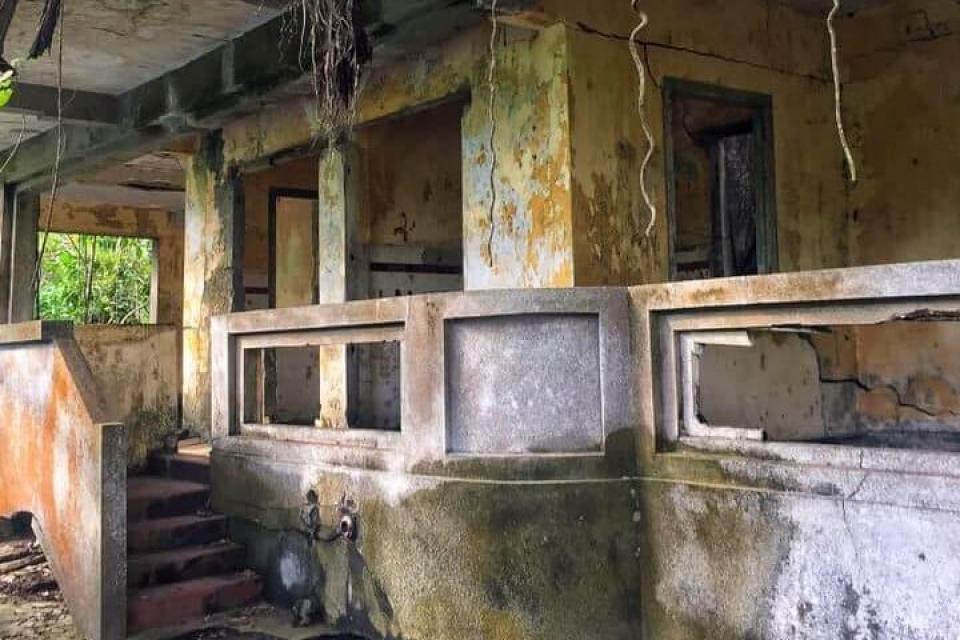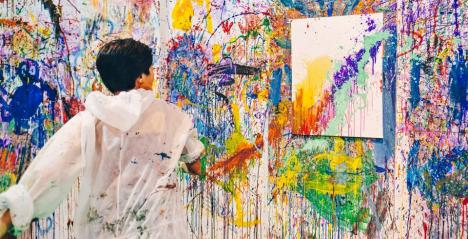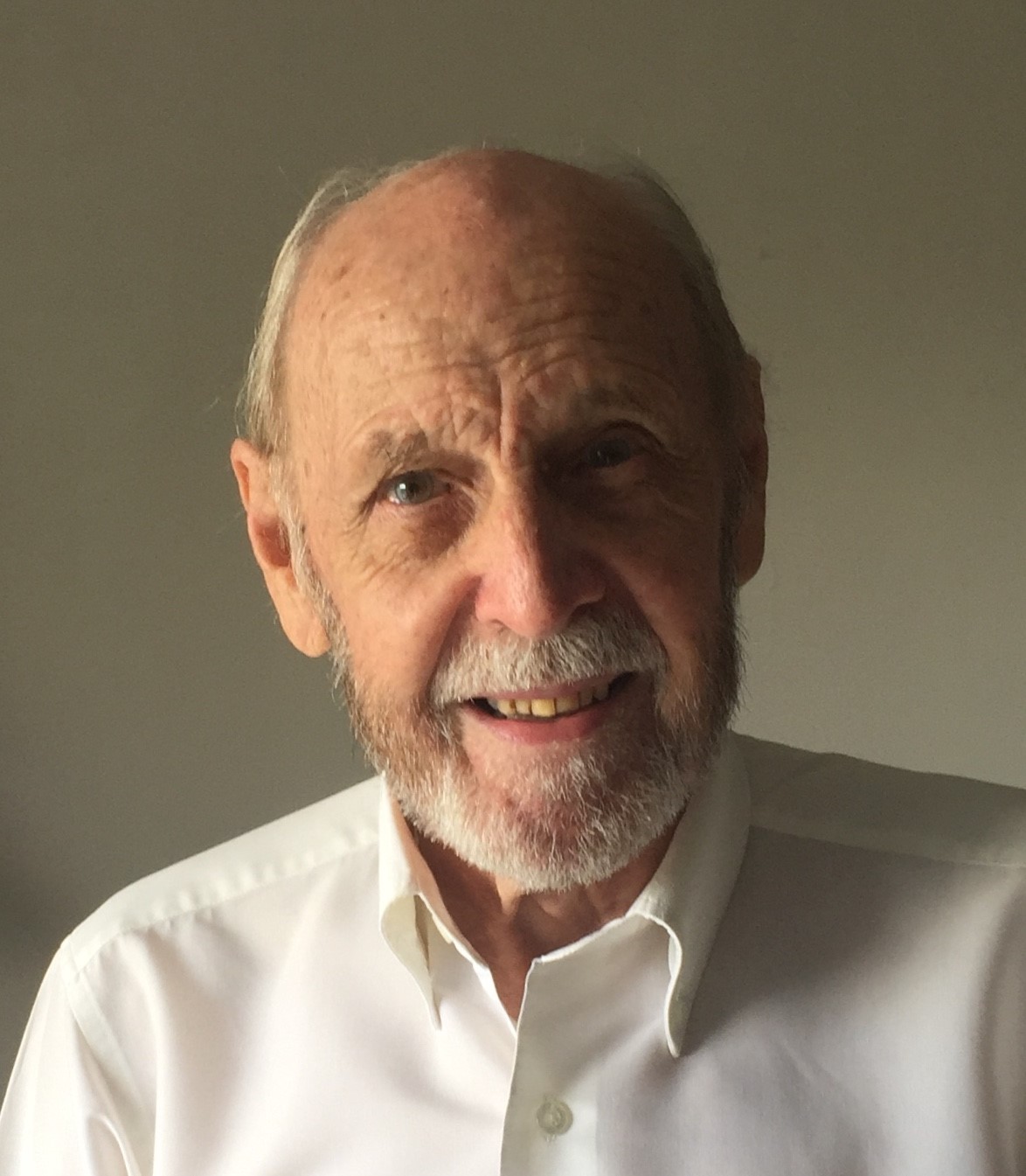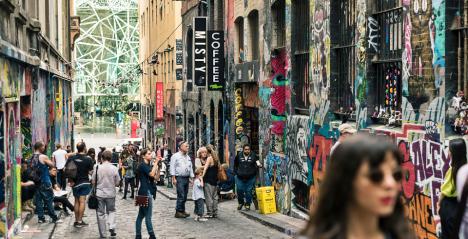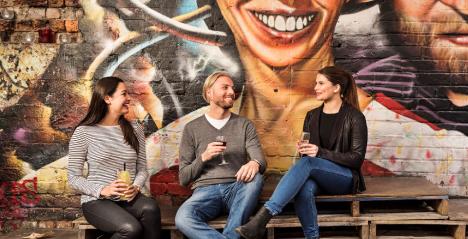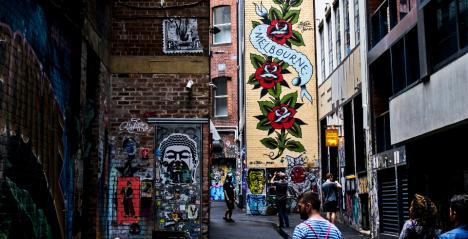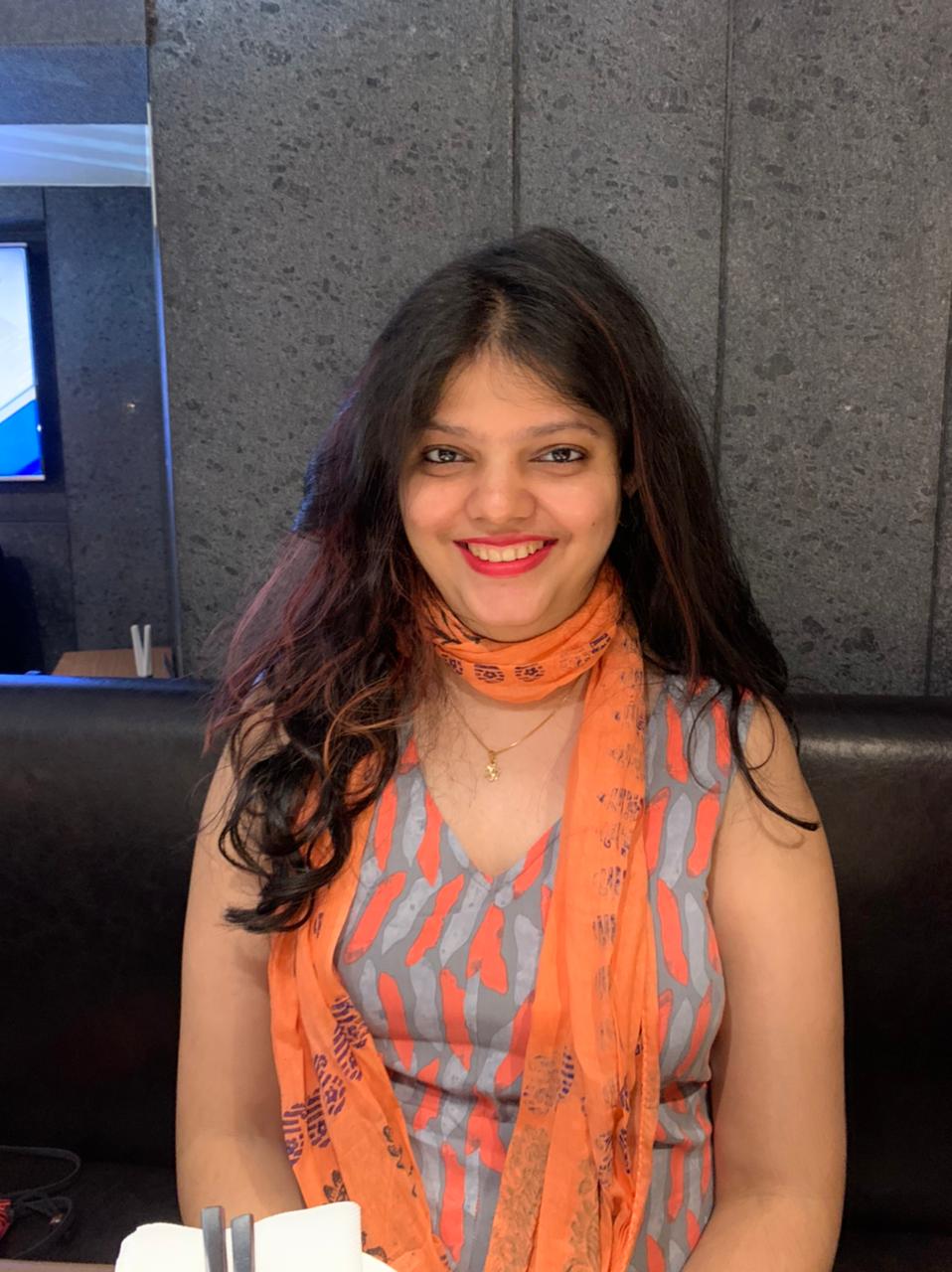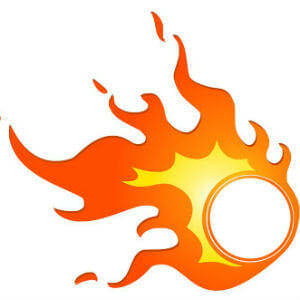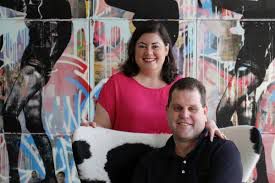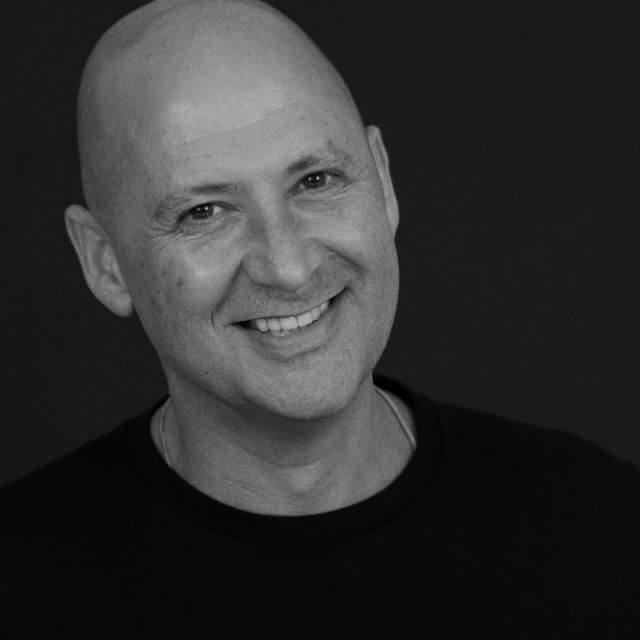Many of us who have stayed long enough in Singapore would be familiar with the 'cheesy' Haw Par Villa attraction located in Pasir Panjang. However many would not have known of another Haw Par Villa, hidden away on the island of Coney.
The now abandoned Haw Par Beach Villa is located at the mangrove area in the central part of Pulau Serangoon - aka Coney Island.
Before the fifties, Pulau Serangoon was actually known as Haw Par Island. It was then owned by the prominent Burmese-born Aw brothers, Aw Boon Haw and Aw Boon Par, who built a huge business empire with their trademark Tiger Balm ointment. In 1937, Aw Boon Haw built a beach villa on Pulau Serangoon after purchasing the island.
At their peak, the Aw family owned many properties in Singapore, including the famous Haw Par Villa and the Jade House. The villa was designed in modern architectural style, likely by Ho Kwang Yew, a leading architect during the 1930s. The beach villa consisted of a main building and a service block that occupied 600 square metres and 100 square metres respectively. The main building was built with a central hall and an open veranda that surrounded the house. At one corner, there was a water well, presumably to supply fresh water to the occupants.
During the Japanese Occupation, many of the Aw family’s properties were heavily damaged. The destroyed villa and the death of his beloved brother affected Aw Boon Haw badly. After the war, Aw Boon Haw sold off Haw Par Island to a local Indian businessman named Ghulam Mahmood. It was, by then, a popular spot for picnicking and organised water sports.
In 1950, Ghulam Mahmood planned to invest $100,000 to convert Haw Par Island into a holiday resort island. Calling the island “Coney Island”, Ghulam Mahmood wanted the resort to specially catered for the working and middle class people. His plan was to have facilities for swimming, boating, fishing, skating and other indoor and outdoor activities. He also envision the island to have restaurants, bars, dance halls as well as cottages for honeymoon couples. The proposal, however, did not work out.
Over the years, the 32-acre island changed ownerships several times. It was owned by a Thai businessman in the early seventies, who then tried to sell it off at $1 million without success. In 1974, Coney Island and its foreshores were reclaimed and expanded by the Port of Singapore Authority (PSA) in a $20-million project, which also included the construction of a bridge between the island and the mainland.
The planned conversion of the island into a recreational centre, however, did not materialise. For many years, Coney Island was only accessible from Punggol and Changi Point. It was a popular destination among the locals for fishing, swimming, bird-watching, water-skiing, picnicking and camping activities. Hence, it was no surprise that the Haw Par Beach Villa was once a popular ghostly topic among the picnickers and campers.
These stories ended when the island was closed in the late nineties during the Punggol 21 development, when its size doubled to 50 hectares through land reclamations. As for the beach villa, it remained forgotten until recently, when Coney Island opens up to the public once more and urban explorers started looking for it once again.
WARNING: The place is currently out of bounds to the Public

